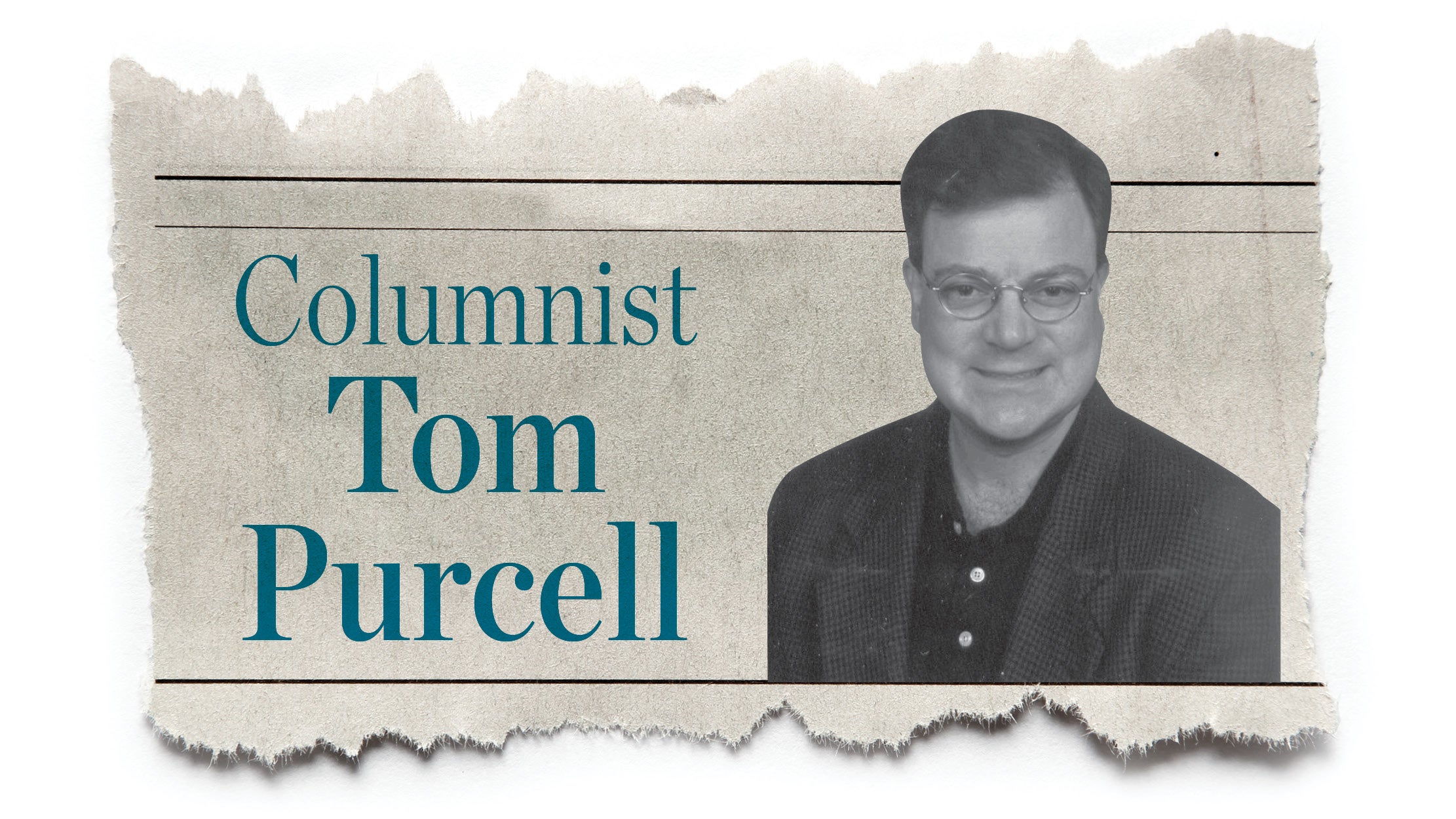All Hallow’s Day approaches
Published 10:45 am Friday, October 29, 2010
In the United States, Halloween is second only to Christmas in total consumer dollars spent. According to the National Retail Federation, the holiday brings in about $7 billion in sales every year.
According to Hallmark Cards, with more than 24 million Halloween cards sent every year, the holiday is now the eighth most popular card-sending occasion in the United States.
So what does Halloween really mean? The name ‘Halloween’ is actually a shortened version of “All Hallows’ Even,” the eve of All Hallows’ Day. All Hallows’ Day, or All Saints’ Day, is celebrated on the first day of November. It is the day on which Catholics commemorate all the saints. Taking from the Jewish tradition, Christians have traditionally observed holy days from sundown on one day until sundown on the following day.
This is where we get the practice of celebrating Christmas Eve, New Year’s Eve, etc. Therefore, the celebration of All Saints’ Day began at sundown on October 31. At some point, people began referring to All Hallows’ Even as “Hallowe’en” and then simply “Halloween.”
Most of the traditions of Halloween date back to Samhain, the ancient Celtic New Year. Samhain, which translates to “end of summer,” occurred around the end of October, when the weather started to get cold.
Celtic tradition held that turning points, times when things change from one state to another, had magical properties. Since Samhain marked the biggest turning point of the year, the Celts believed this magical time opened up a sort of connection to the dead -and that the spirits of the dead traveled again among the living.
In any case, the Church began to incorporate Samhain traditions into the All Saints’ Day’s activities. This helped bring descendents of the ancient Celts into Christianity, but it posed some problems for the Church.
Despite some unease in the Church, many supernatural ideas persisted in All Saints’ Day Eve celebrations, making the occasion a combination of Christian and pagan beliefs.
In medieval times, one popular All Souls’ Day practice was to make “soul cakes,” simple bread desserts with a currant topping. In a custom called “souling,” children would go door-to-door begging for the cakes, much like modern trick-or-treaters. For every cake a child collected, he or she would have to say a prayer for the dead relatives of the person who gave the cake. These prayers would help the relatives find their way out of purgatory and into heaven.
So is Halloween evil or just clean fun? I’ll let you decide on your own. As the Apostle Paul said in Philippians 2:12, “Wherefore, my dear friends, as you have always obeyed… continue to work out your salvation with fear and trembling.”
Doug Johnson is the senior pastor of Bethel Temple Assembly of God in Huntington, W.Va., and a Chesapeake resident





